Space tourism is back in the news as Japanese billionaire Yusaku Maezawa, the founder and CEO of the e-commerce site Zozotown, has traveled to the International Space Station (ISS) aboard a Russian Soyuz spacecraft. Accompanying Maezawa was his own personal assistant and videographer Yozo Hirano who will film his boss’s activities during their 12-day stay in orbit. Unlike the Inspiration 4 tourist flight back in September, Maezawa’s mission also included the veteran Russian cosmonaut Alexander Misurkin as pilot.

Maezawa’s visit to the ISS with his assistant makes eight non-professional, paying customers who have traveled into orbit this year, in addition to the four Inspiration 4 crewmembers there were also the Russian actress and her cameraman / producer back in October. That equals the total number of tourists who had ever flow into orbit before 2021 and is 40% of all the people who went into orbit this year. No matter how you look at it space tourism is now a significant portion of the space industry.
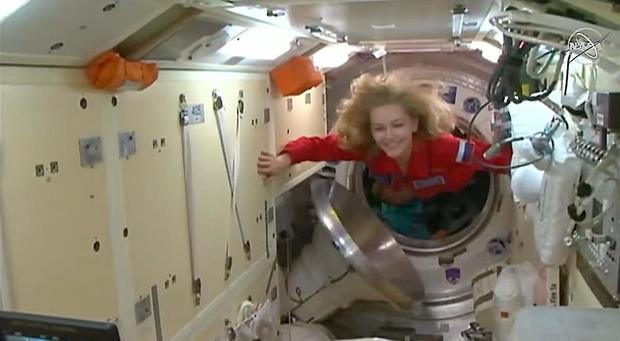
Another sign of the growing importance of tourism and just general commercialization in space are the ongoing plans for future commercial space stations. NASA has made it clear that the space agency wants out of the business of running a space station in Low Earth Orbit. In order to move forward on the Artemis program going back to the Moon while maintaining a presence in LOE NASA has decided to help build a commercial space station that it could then rent space on.

To help finance this effort NASA has provided a combined $416 million dollars to three aerospace firms, Northrop Grumman, Blue Origins and Nanoracks corporations to fund the design phase of their space station efforts. The plan is for the space agency to choose one of the designs in 2025 and then help finance the construction of that commercial space station. NASA would then become one of the tenants of that station while other nations or corporations; even tourists could also be tenants. By the way NASA’s choosing one of the three designs doesn’t mean that the two rejected ones won’t get built. If the commercial space industry really takes off in the next half dozen years there may very well be a need for multiple space stations in LOE.

The current schedule is for the ISS continue to provide a home in LOE for astronauts until 2030 while the first modules of any new commercial space station would be launched in 2028 or 29. Nevertheless with China now building its own space station in orbit and the push for a commercial station it won’t be long before things start getting a mite crowded up there.
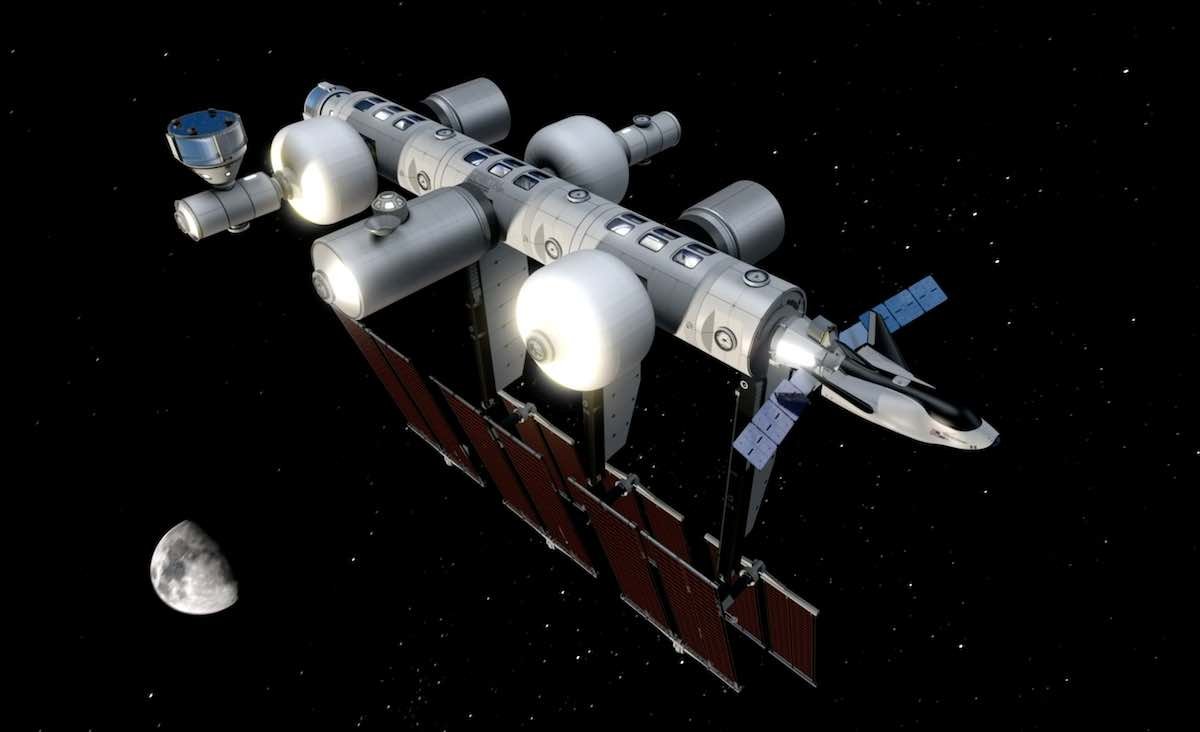
Of course LOE isn’t only occupied by space stations, in fact there are thousands of unmanned satellites circling our globe right now, many of them are commercial in nature, like communication satellites. Then there are the satellites designed to look back at the Earth, to study it from a height. These include both weather satellites and landsats.
Then there are the space telescopes designed to study the rest of the universe from outside the limiting effects of Earth’s atmosphere. The most famous of these space telescopes is of course the Hubble space telescope, which has revolutionized astronomy in the years since it was launched. But there are others like the Kepler planet hunting telescope or the Chandra X-ray telescope.
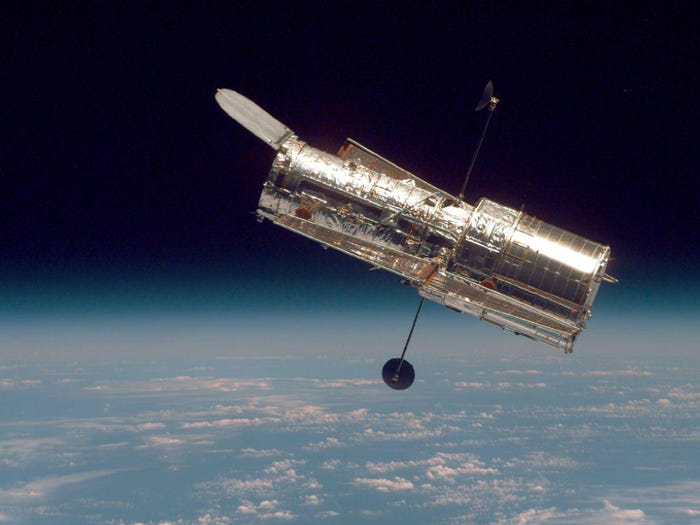
On the 8th of December a new X-ray telescope was launched into orbit from Kennedy Space Center in Florida aboard a Space X Falcon 9 rocket. At a cost of $188 million dollars the Imaging X-ray Polarimetry Explorer or IXPE telescope may not be as newsworthy as the upcoming James Webb Space Telescope, scheduled for launch on the 25nd of December. Nevertheless in its own way IXPE will have many opportunities to add to our knowledge of such high-energy astrophysical objects as black holes, pulsars and magnetars.
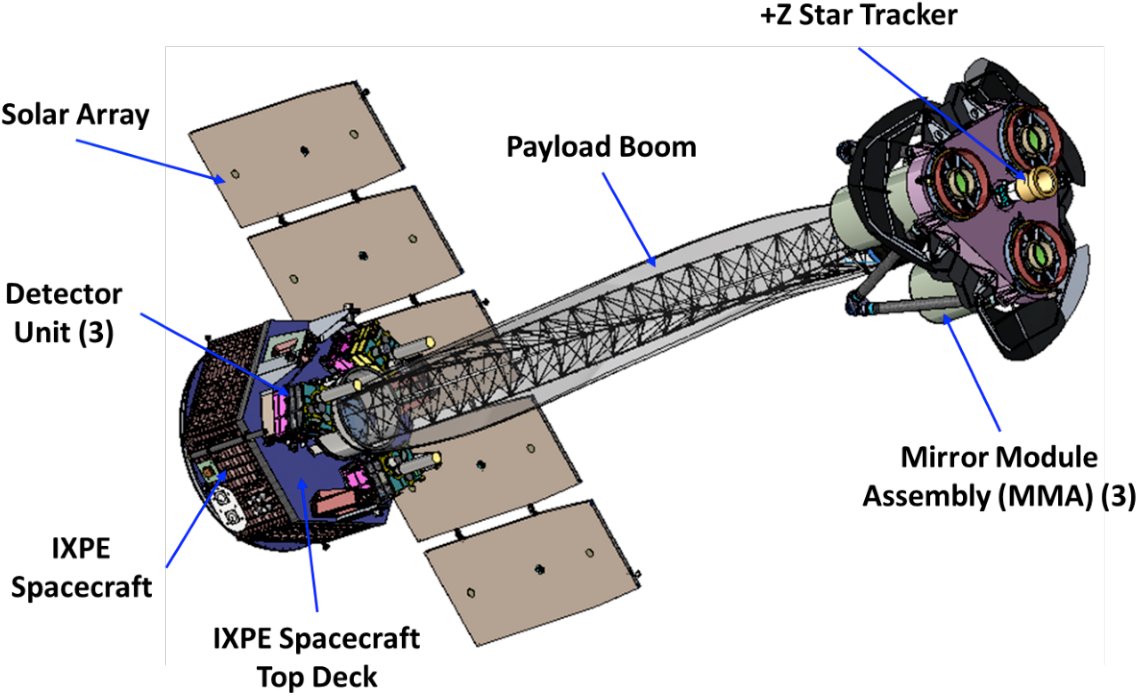
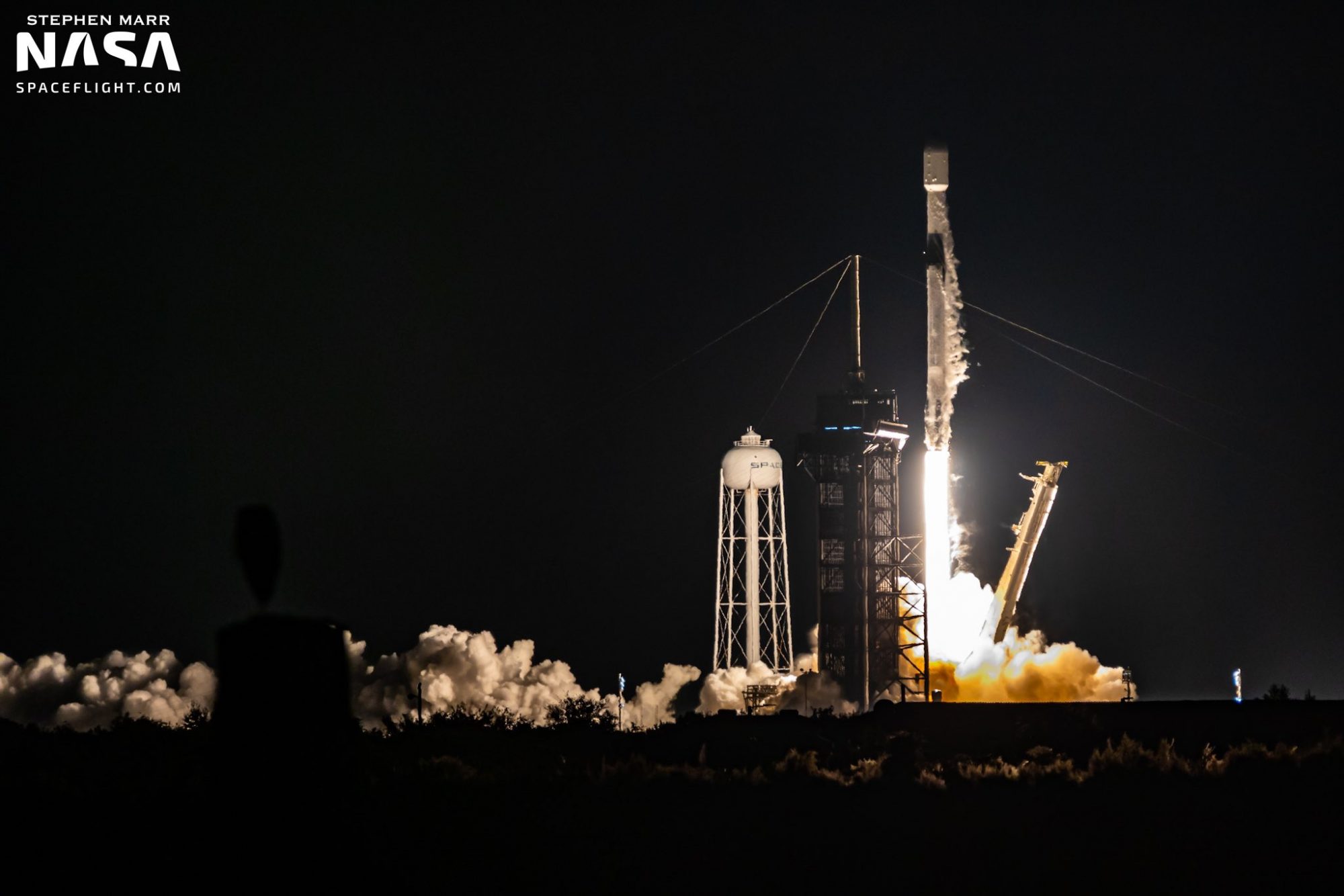
You see the difference between IXPE and the Chandra X-ray telescope is that IXPE measures the polarization of the X-rays it detects. All light, whether visible or X-rays or radio waves have an amplitude that can either go up and down or side to side as the wave travels through space. This is the polarization of the light, either vertical, up and down, or horizontal, side to side.

In most cases, say the light from the Sun, there is a random mixture of polarizations. Calculations in both quantum electrodynamics and general relativity however tell us that in certain very intense regions, strong magnetic or gravitational fields, the X-rays that are generated should be polarized in certain ways. Therefore by measuring the polarization of the X-rays coming from just outside a black hole’s event horizon, or from the surface of a pulsar IXPE will be able to give astronomers new details about the conditions there.

Every time astronomers look at the Universe in a new way they’ve discovered new details that profoundly changed our knowledge. One can only hope that IXPE, and James Webb when it finally begins operation, will revolutionize astronomy the way that Hubble and Chandra and Kepler already have.’
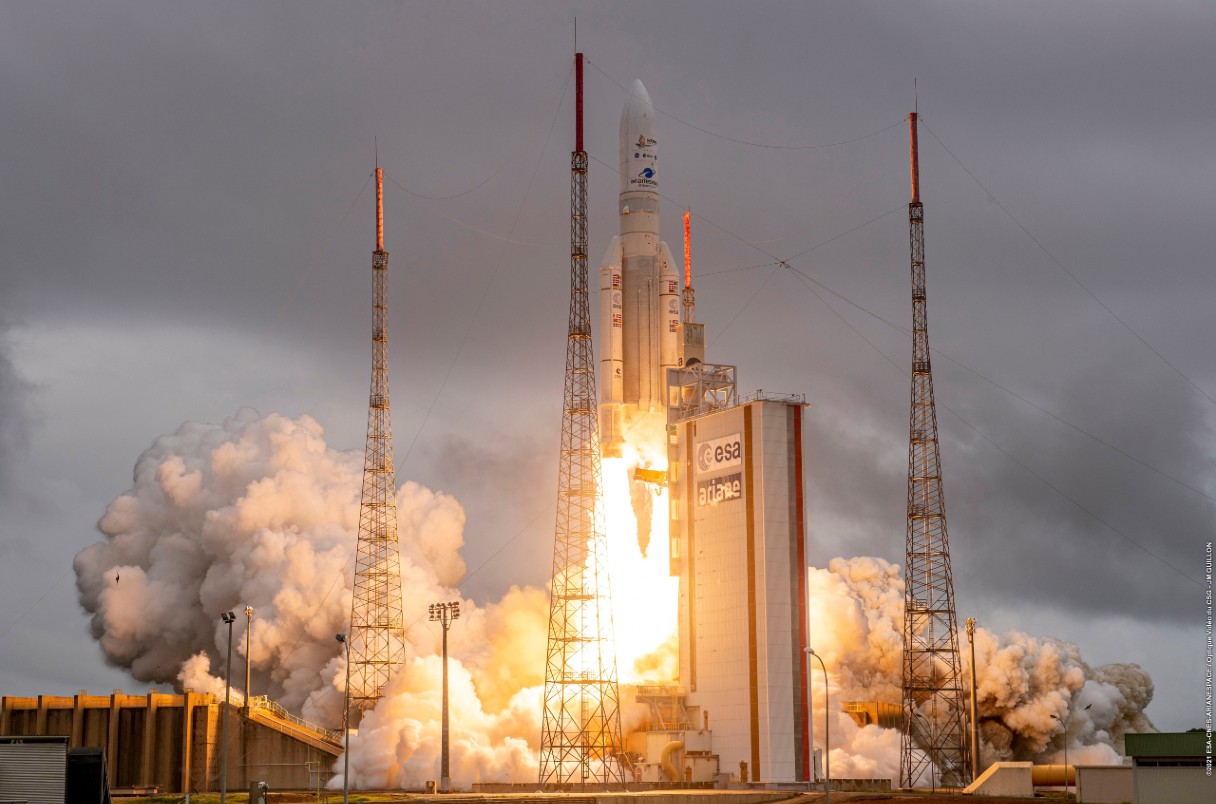
And hopefully astronomers will soon have an even more powerful tools for learning about the Universe as on Christmas day at 1220 GMT the James Webb Space Telescope (JWST) was successfully launched from French Guyana aboard an Arian 5 rocket. Now I just said that the launch was successful but the JWST still has a lot of complicated maneuvers to complete before it can begin its work of discovery. I intend to discuss the JWST at length in a post in another month or two so, for the moment I’m just keeping my fingers crossed that the telescope’s deployment continues to be a success.
